Setting: 2 side-by-side 25 bed aged care wards at Westmeat Hospital.
Timeframe: 21 months (pre-SIBR n=1,703, post-SIBR n=1,970)
Summary: “Twice-weekly {SIBR rounds} is associated with a reduction in falls. It has the potential to be used in other settings where falls are frequent.”
“Although the mechanisms between SIBR implementation and NH placement remain uncertain, SIBR may encourage patients and families to make decisions on placement earlier than they would have otherwise.”
Setting 2: Emergency Department, urban, tertiary hospital at Westmead Hospital.
Timeframe: SIBR implemented Nov 2012. 2 years observed (2012-2013), 1 year pre-intervention and 1 year post.
Summary: “Patient satisfaction levels towards SIBR were significantly higher than those in TR {traditional rounds}. SIBR took significantly longer
time than TR per patient (122 vs 88 s). Medical staff supported SIBR in general. Challenges identified were encouragement for nursing and allied health staff involvement, the need for a flexible structure and more education.”
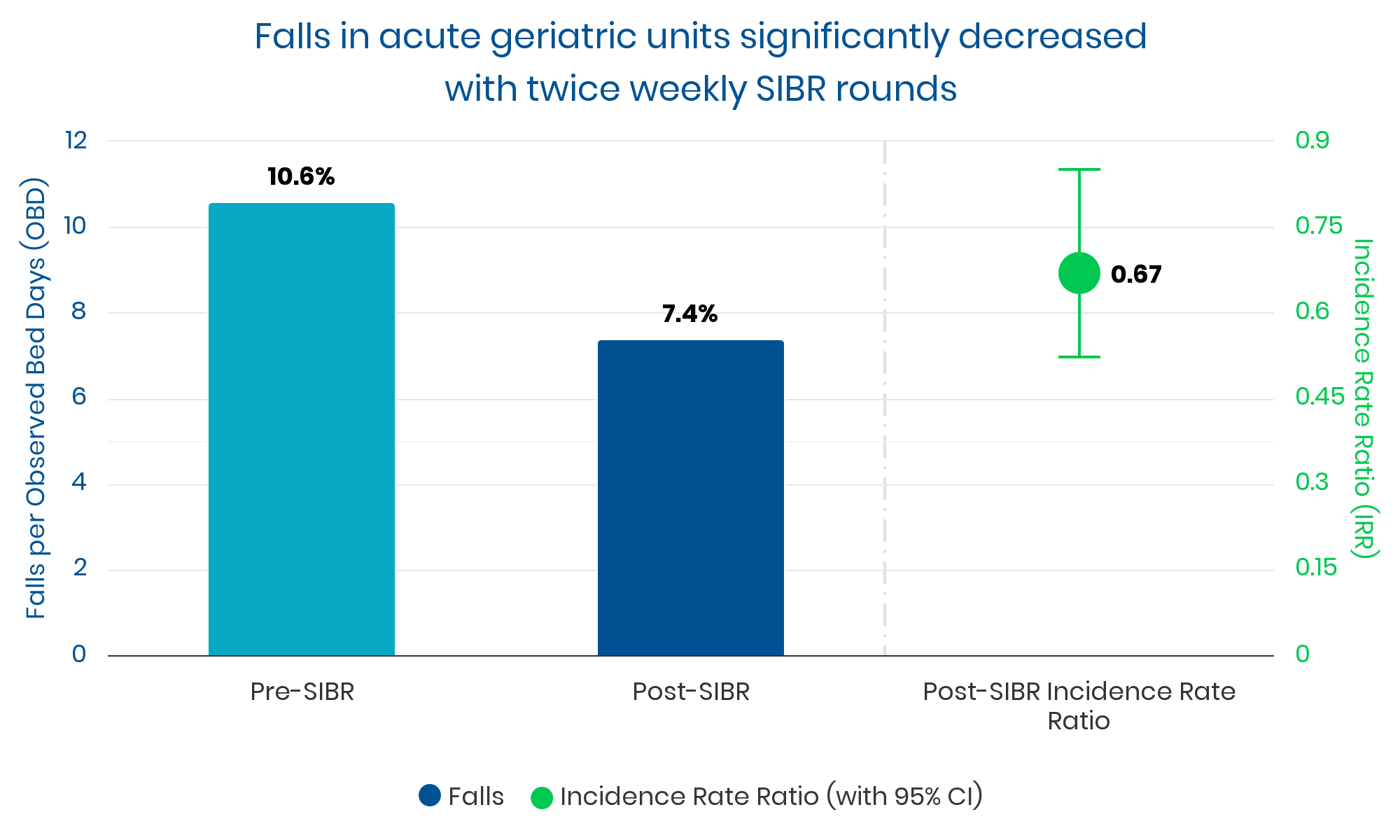
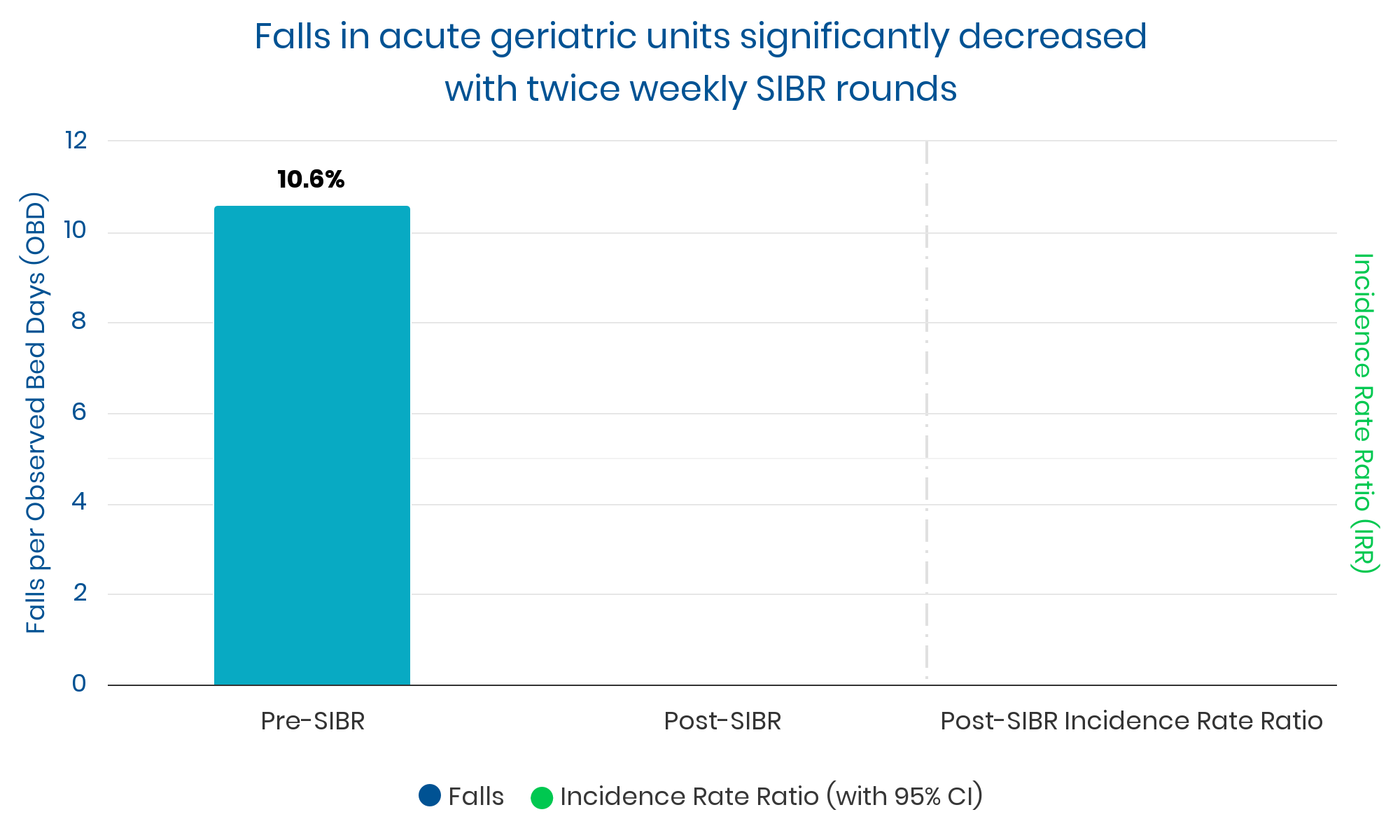
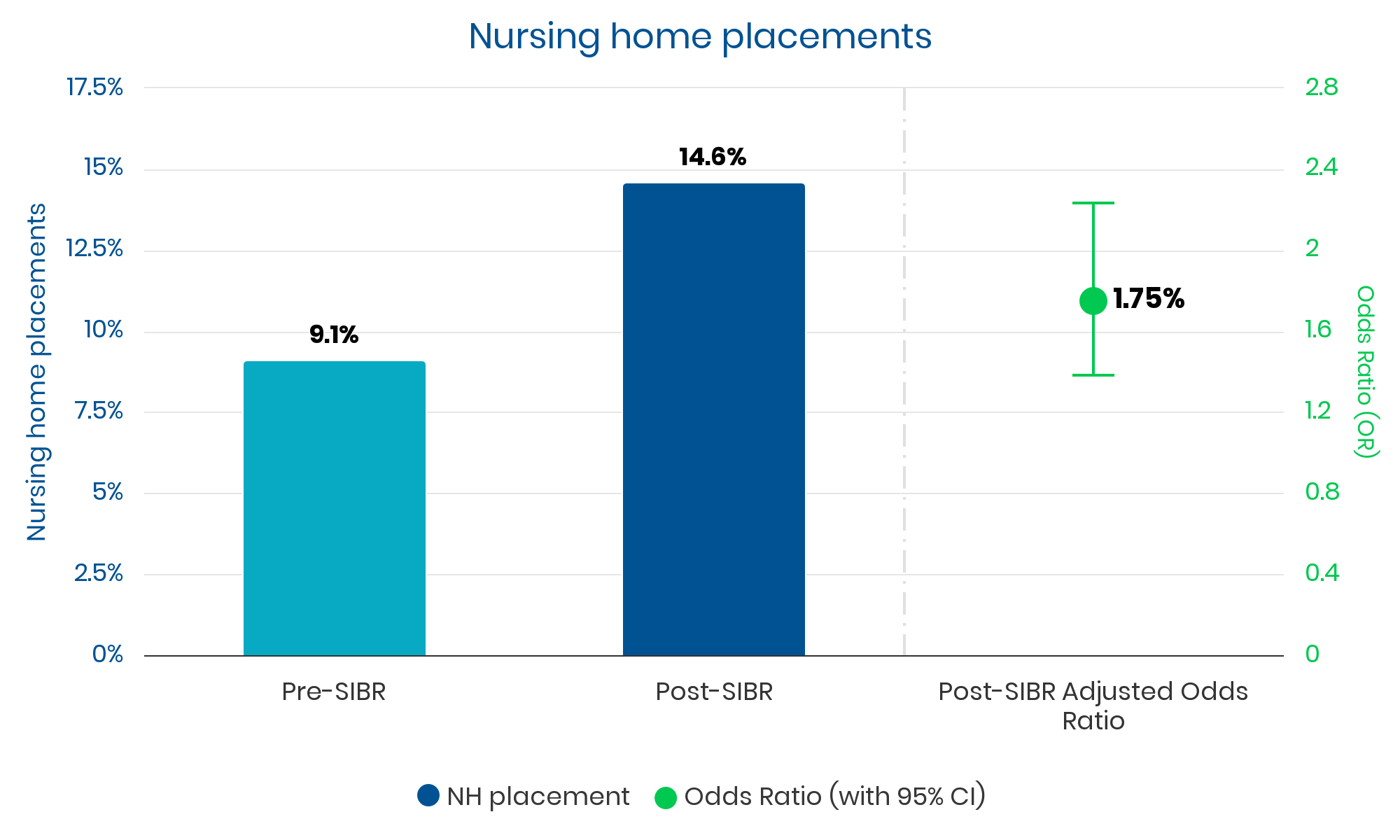
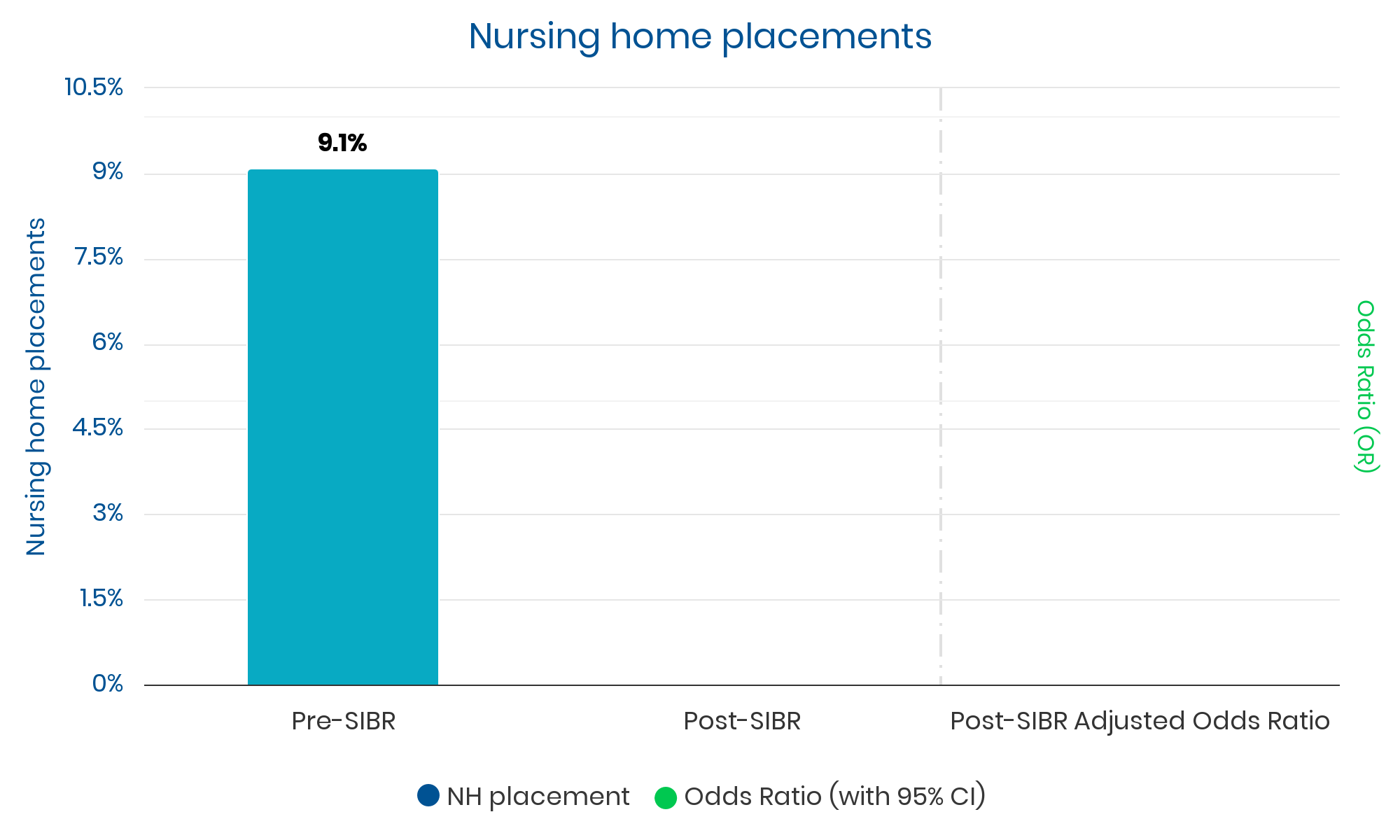
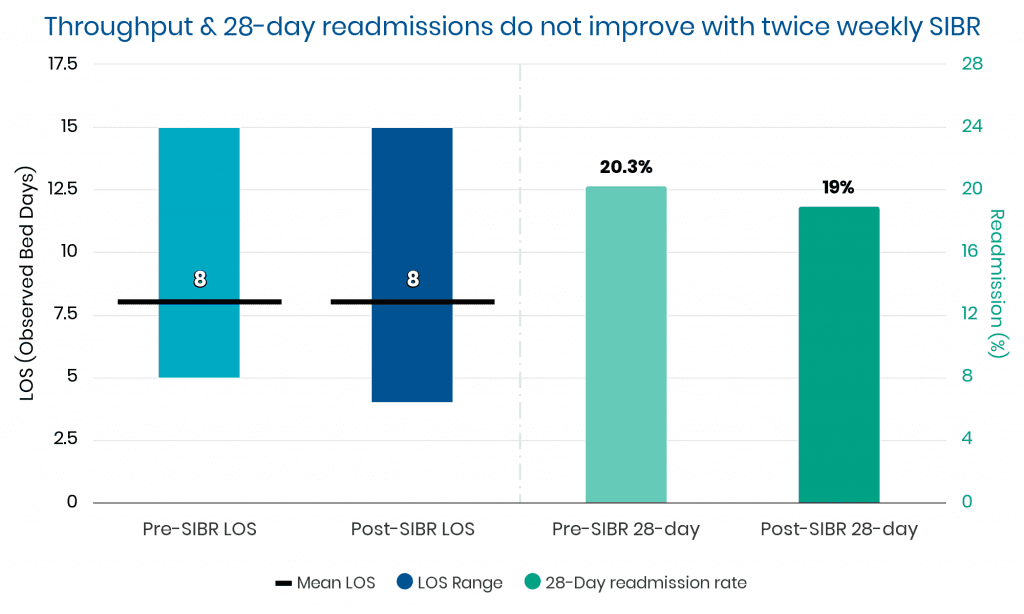
“Because of competing clinical demands, we did not believe that we could sustain daily SIBR on a long-term basis … evidence indicates that hospital discharge planning for frail older people can be improved if interdisciplinary interventions include and educate the family … only 20.3% of the SIBR in the present study were attended by a member of the family.”
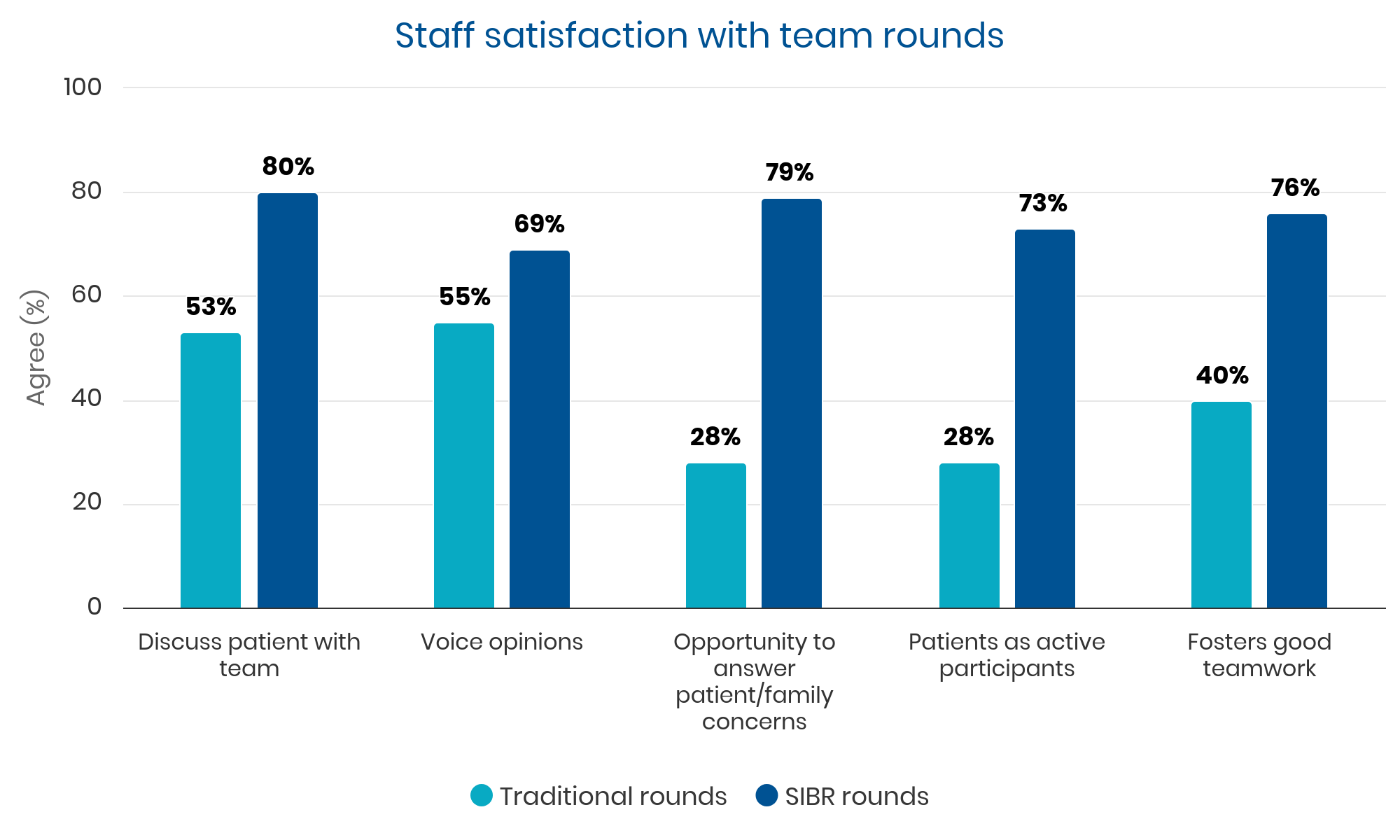
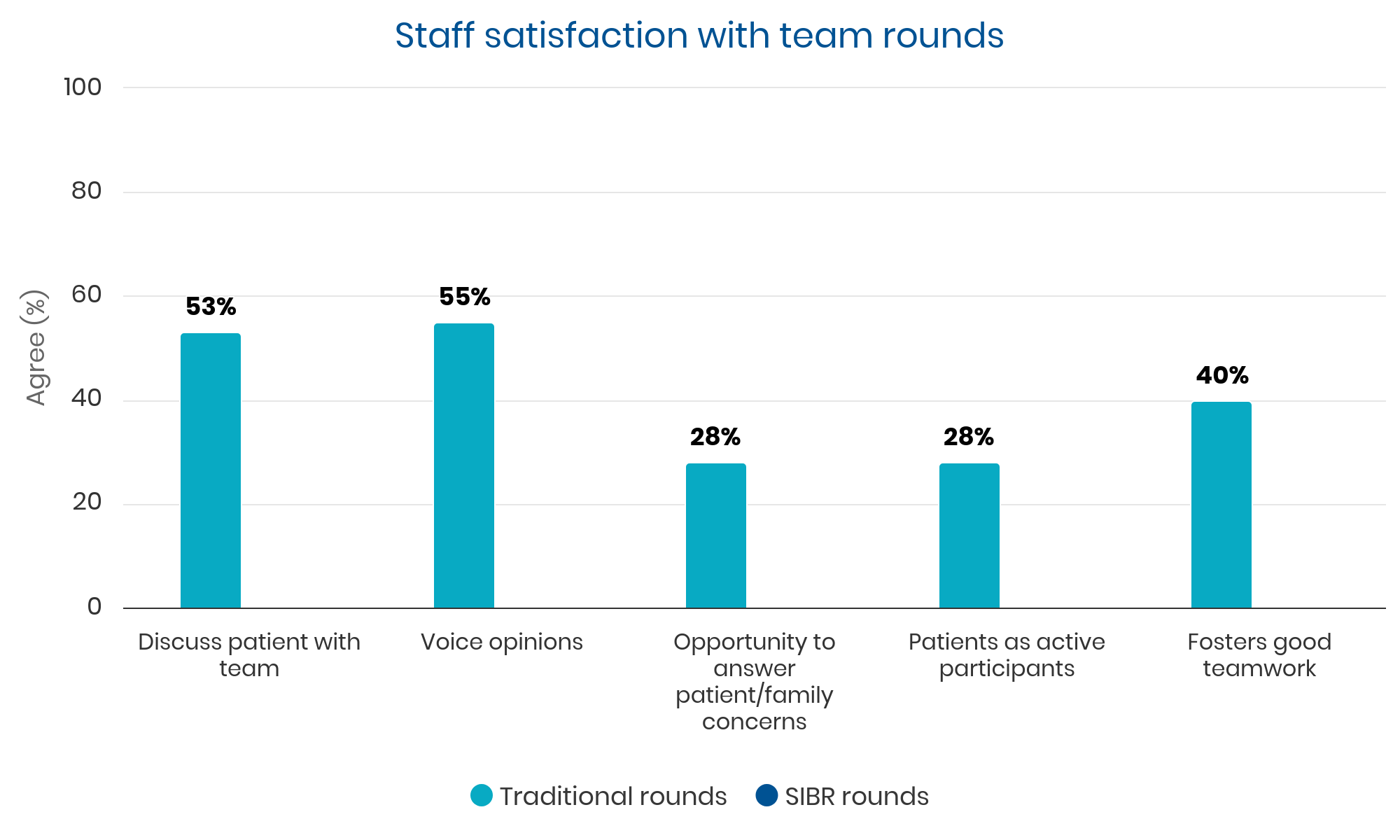
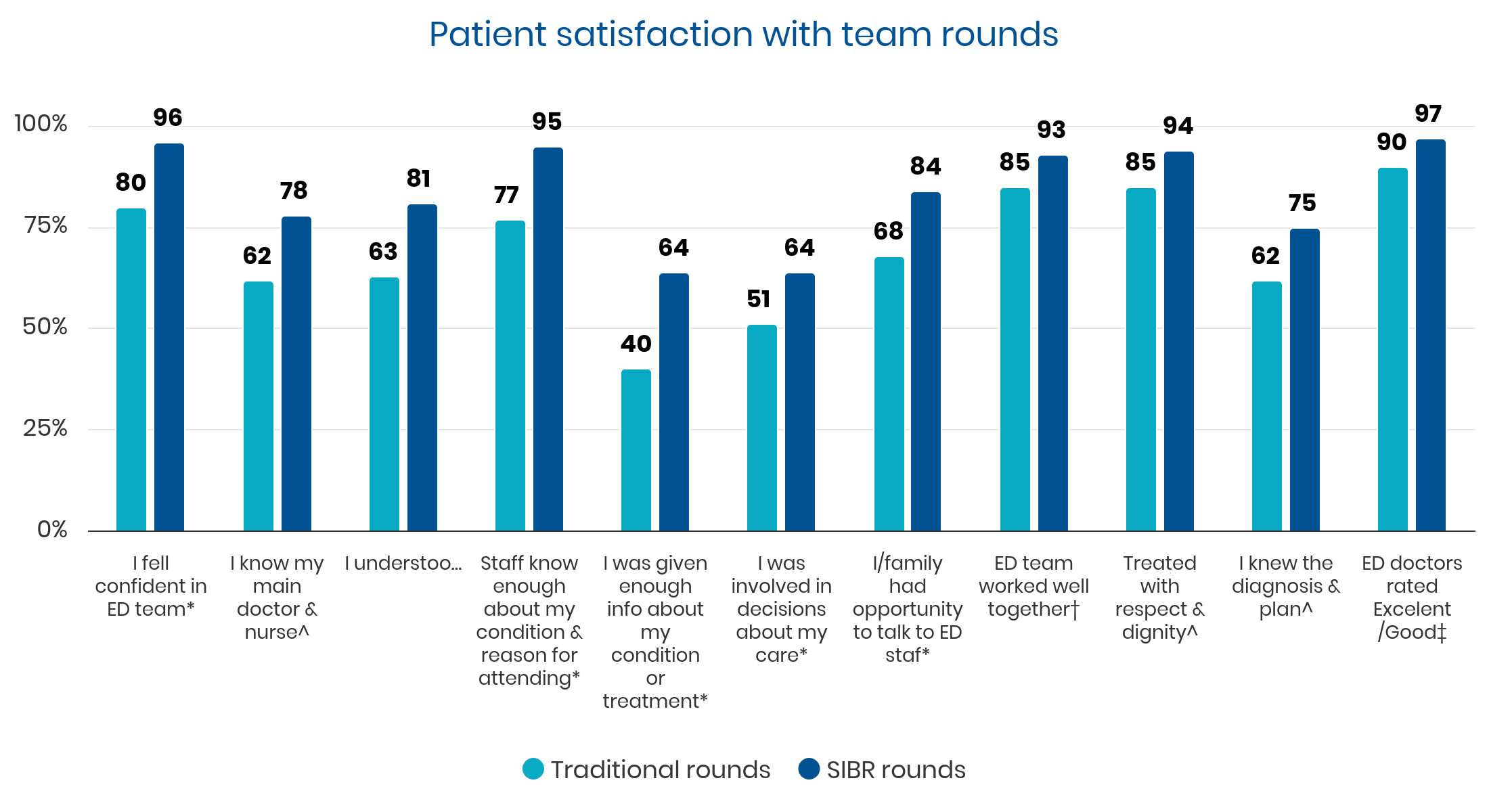
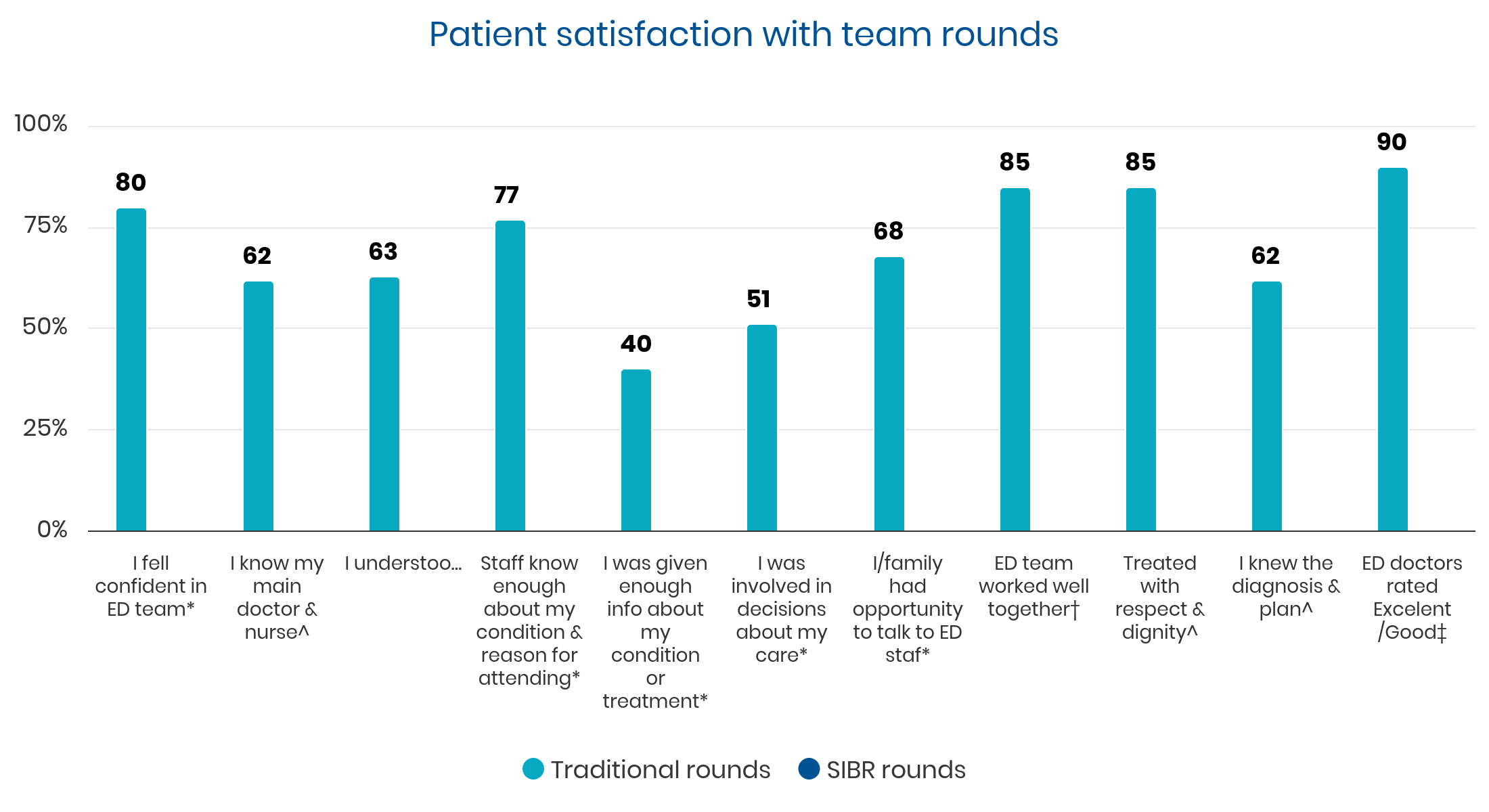
What next?
Seeing is Believing
Knowledge is Power
The Wise Learn from the Wise
© 2024 • 1Unit • All rights Reserved.